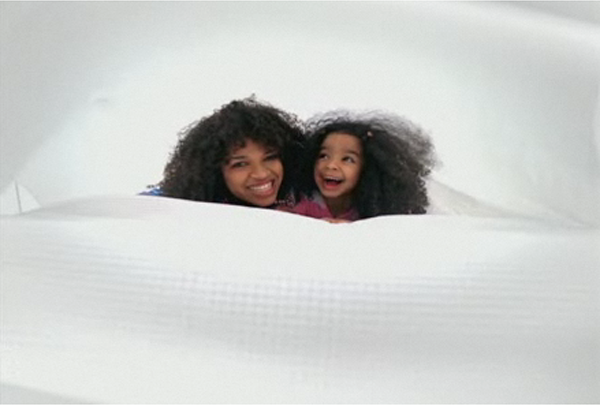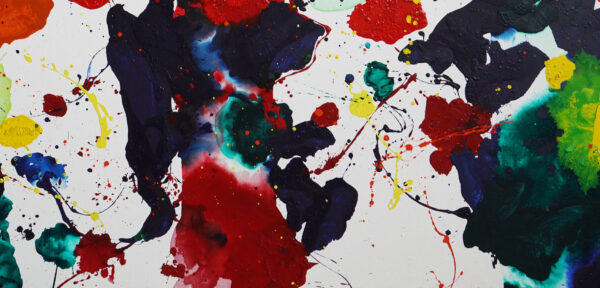Joywashing? Or joy of washing?
My post describing the phenomenon that I call “joywashing” has provoked some interesting discussion online and off. In the meantime, examples keep coming. This morning while catching up a couple reruns of Top Chef Masters, I was struck by this new ad from Clorox Cleanup. The voiceover goes:
When everything’s just the way you want it. When it’s so clean there’s nothing left to think about and nothing left to do. That’s joy. The pure joy of the pure clean that comes with Clorox Bleach.
Then the tagline: pure joy. pure clean.
If cleaning had an emotional territory in the past, it was zen. Cleaning was about calming the storm, taming the flow of mess, getting things under control. The clean home at the end of an ad was a picture of stillness — just Mom and her well-deserved cup of tea, with even the dog neatly groomed and obediently seated. When the economy was good and we worked too hard, the emotional quality of home we aspired to was relaxation and zen-like tranquility. Home was a refuge against the busyness of the outside world. Now, in the days of pink slips and furloughs, all that peace and quiet feels isolating and, honestly, a little scary. Home now needs to be a place of vibrant energy to counter the gloom that surrounds us. The cultural significance of “home” has shifted, and smart marketers will realize that this requires a different kind of emotional content to sell products for this space.
I actually like the ad and I think the territory is a credible space for a cleaning brand to play. Clorox is perhaps a little harsh and I think it would more appropriate to their green cleaning brand or another, gentler sort of product. But there is kind of a joy to the moment they’re describing, when all the work is done and the house is really, truly clean. They’ve backed it up with joyful aesthetics: pops of color that stand out in the white rooms, high energy movements, that well-placed giant bubble, and music that has a soaring quality that matches the tone.
The language may be a little strong. I think that “pure joy” might be an overpromise and it’s risky given the joywashing trend to be so reliant on words like “joy,” “happy,” etc. The reality is that when words like this are so overused in a given time period they become very fluid. We think we know what these words mean because they are so fundamental to our language, but when they are claimed and associated with many different products and experiences in such a short timeframe, their meanings are volatile and susceptible to shift. The word “green” is the best recent example of this.
So, is Clorox’s joy-of-washing positioning joywashing? Perhaps, but my instinct says it will do ok for them. It may require some nimble thinking to maintain differentiation once the rest of the competitive space latches on to the idea. Product or packaging innovation to support the promise would help, because while the aesthetics of a clean home are consistent with joy, the acrid tang of bleach is decidedly not. I don’t know that they can do anything about that (bleach is bleach), but perhaps new scents or gentler formulations could provide sensory support for the joy positioning. It will be interesting to watch how the home space, and especially cleaning brands, evolve in this new emotional context.






Leave a Comment